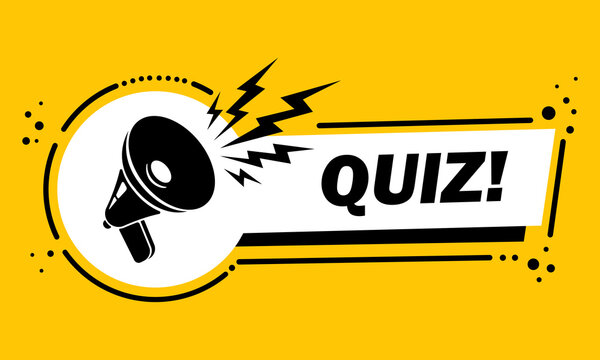
by
Evan Norris
, posted 34 minutes ago / 242 Views
Welcome to Zelda Replay, a celebration of what I consider the best video game franchise. Each article in this ongoing series will explore a specific The Legend of Zelda game — which I will replay and re-evaluate — starting with the first installment on NES and moving forward according to release date.
Note: I will cover only mainline, official titles for this project, so don’t expect non-canonical entries like The Wand of Gamelon or side projects like Link’s Crossbow Training. Every game will get a review and will enter into a series ranking that I’ll update with each new article. Please enjoy.
Part I | Part II | Part III | Part IV | Part V
Part VI: Majora’s Mask
“Getting that old ocarina back isn’t gonna help us!”
It’s hard to believe that Nintendo launched two AAA home console Legend of Zelda games between 1998 and 2000. Looking at recent release schedules — in which Tears of the Kingdom launched six years after Breath of the Wild, which launched six years after Skyward Sword — the idea of two big-budget Zelda games arriving on store shelves in as many years seems downright altruistic. Of course, Nintendo was able to produce content so quickly in those days because game development in general was faster, and also because the second game, Majora’s Mask, reused many of the assets of its predecessor, Ocarina of Time.
Despite relying so much on the programming foundation of Ocarina — including its engine, models, sound files, and UI — Majora’s Mask is very much its own thing. The engineers and artists at Nintendo didn’t need to worry about reinventing the wheel, so perhaps they found the freedom to, as Frank Reynolds from It’s Always Sunny in Philadelphia would say, “get real weird with it.” Indeed, Majora’s Mask remains, to this day, one of the oddest, eeriest entries in the Zelda canon, with an unlikely central gameplay conceit that makes it stand out among its contemporaries and all other games in the series.
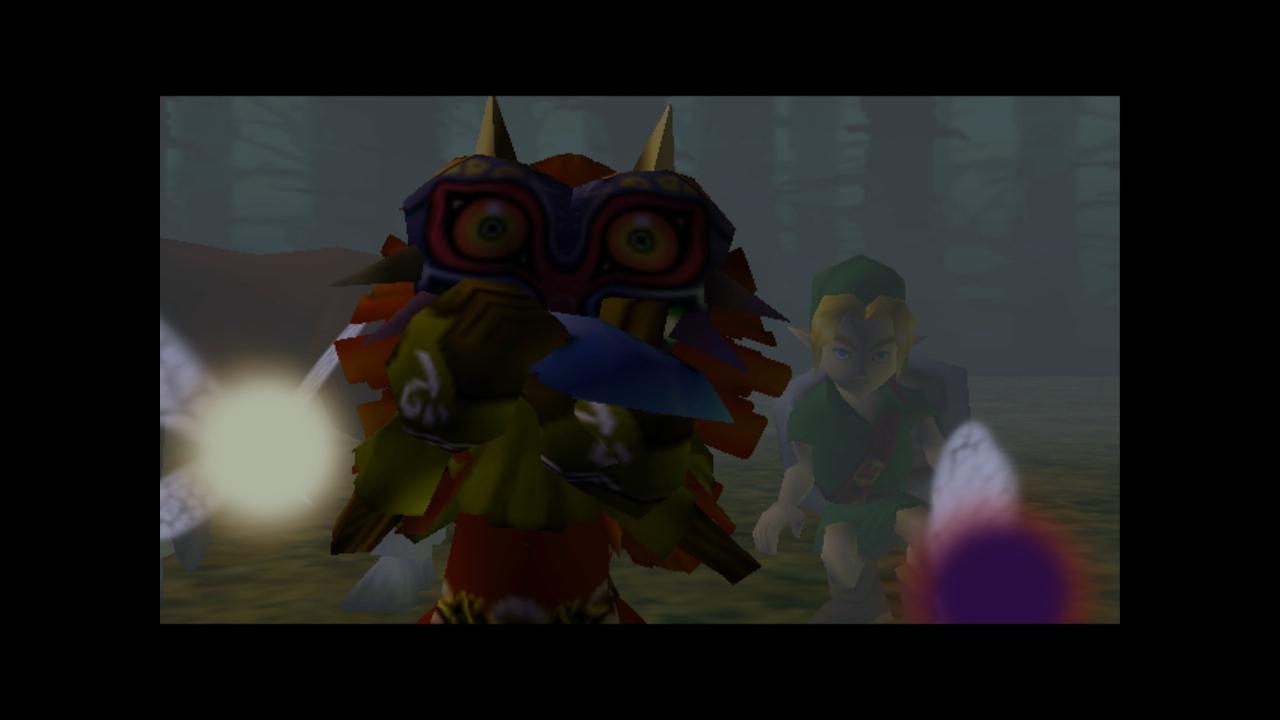
That central conceit is all about time, or, more specifically, running out of time. If Majora’s Mask had a theme song, it would be an inversion of the Rolling Stones classic “Time Is on My Side”. Deposited in the faraway land of Termina sometime after the events of Ocarina of Time, a young Link finds himself working for a shady salesman who insists that he retrieve Majora’s Mask, an evil artifact stolen by a Skull Kid. And, since things can never be easy for the Hyrulian hero, he must do so in the shadow of a giant, grimacing moon, which will crash into the land in three days. Link can play the Song of Time on his ocarina at any moment and return to the dawn of the first day to start his adventure anew, but he will never have more than 72 consecutive hours to save the world.
Because of the 72-hour countdown and the scowling moon, the specter of which literally hangs over Termina, there’s a dreadful feeling of inevitability to Majora’s Mask. Indeed, there’s an undercurrent of powerful negative emotions coursing throughout the entire game. In Woodfall, the swamp is poisoned; in the Goron Village, an endless storm blankets the land in snow and ice; in the Great Bay, the waters are contaminated and swarming with foul monsters; and in the dusty canyon of Ikana, the dead roam the earth and the air is thick with despair.
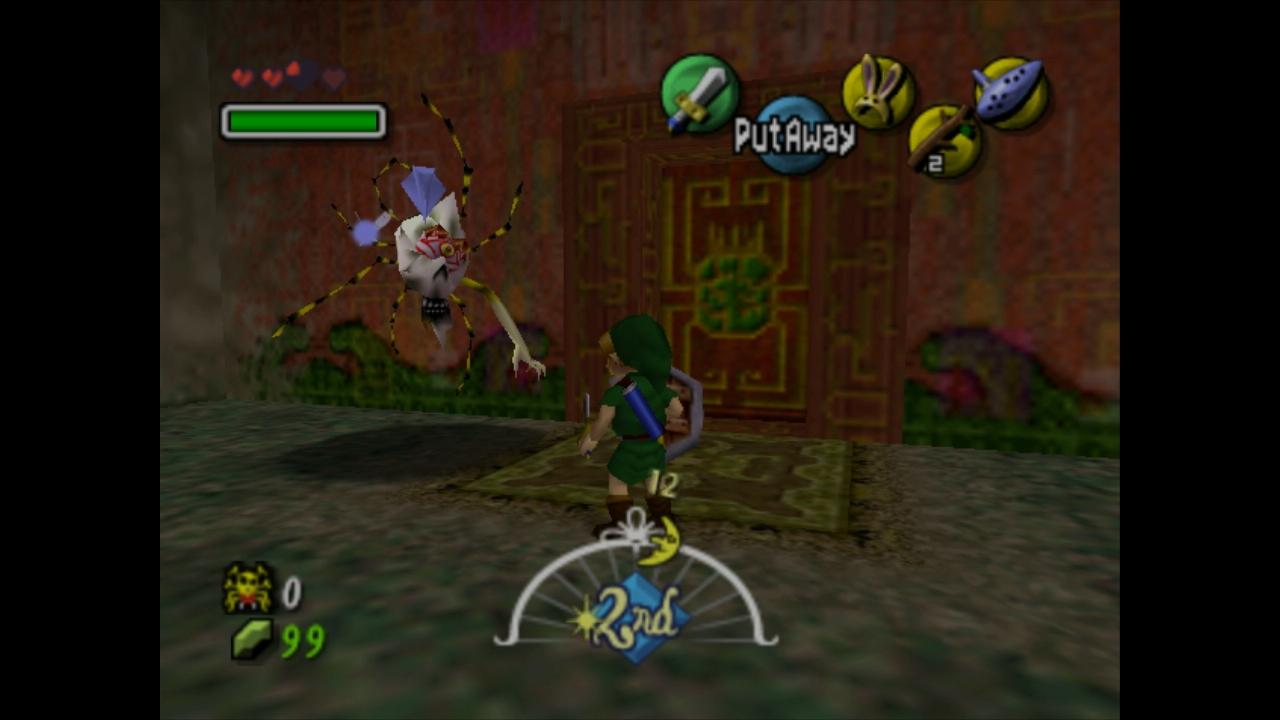
Not only that, but the peoples of these regions — and those in Clock Town, the land’s central hub — are living with some crisis or another, either caused or exacerbated by the Skull Kid’s misdeeds. It all makes for an atmospheric game with a lot to say about love, loyalty, regret, the duality of humankind, and, most urgently of all, the debilitating effects of loneliness and the redemptive power of friendship. While other Zelda games eclipse Majora’s Mask in certain mechanical areas, nothing comes close to it in terms of mood, theme, and metaphor.
Nothing can touch it when it comes to side-quests, either. Most of these involve 20 colorful NPCs in need of some sort of assistance over the three-day period. In order to aid these citizens, Link must participate in many diverse activities, including defending a dairy farm from invaders, quashing a quarrel among townspeople, teaching dancers a new routine, saving a civil servant from himself, and reuniting an engaged couple.
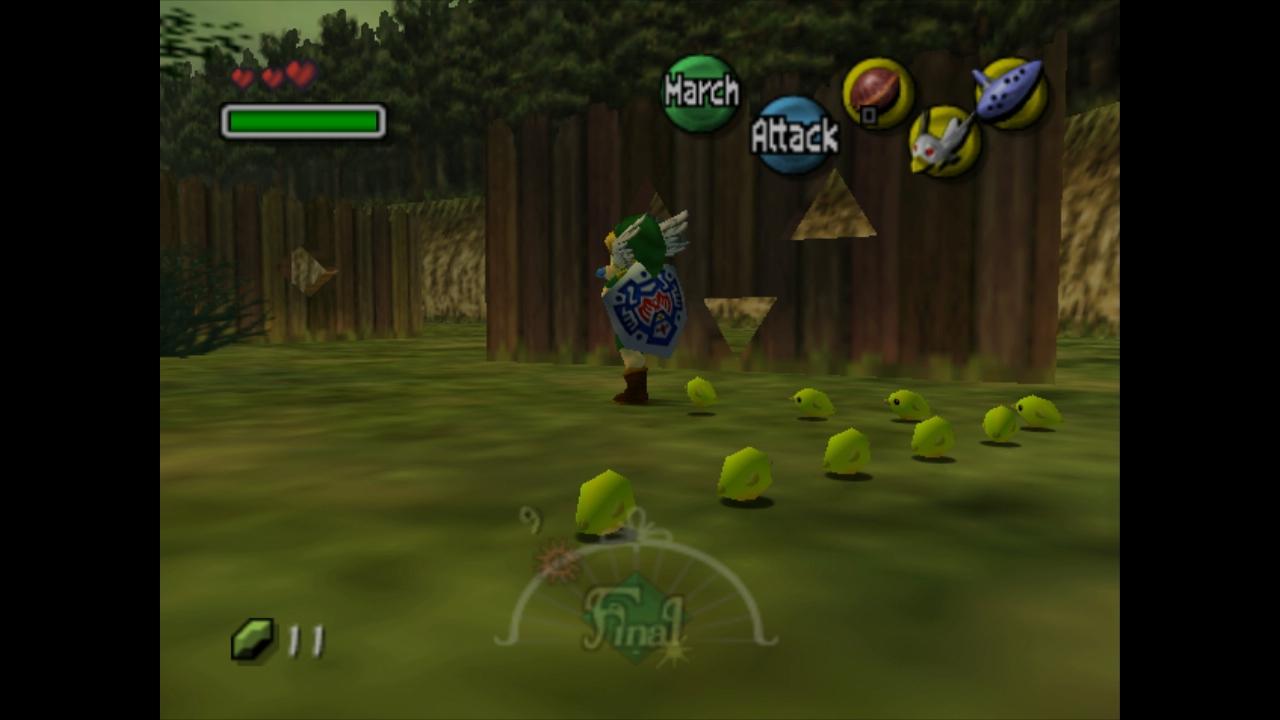
These quests are gratifying in two distinct ways. For one, they’re incredibly cathartic, as you bring either peace, joy, or closure to the inhabitants of Termina. For another, they’re quite challenging mentally. In order to trigger a quest — let alone solve it — you must be in the right place at the right time (on the right day, no less) equipped with the right items. Thanks to the Bombers’ Notebook, you’ll know the windows of time during which you can advance the quest, but the rest is up to you. As detective Link, you’ll have to listen closely to characters, solve riddles, and hunt down items of interest. There are moments of frustration as you hit dead ends, sure, but many moments of epiphany as well. Moreover, there’s a satisfying cascading effect throughout, as masks and keepsakes earned in one quest help you make progress in another, which opens an opportunity in yet another.
While the 72-hour structure of Majora’s Mask is a perfect vehicle for timed side-quests, it’s not exactly ideal for dungeon diving, which is perhaps why the game has only four main dungeons — the fewest in the Zelda series and less than half as many as Ocarina of Time. For better or worse, the game is simply more interested in smaller-scale quests than monster-infested castles, keeps, and the like. Still, the dungeons are quite good, especially Stone Tower Temple, an inspired set-piece that acts as the game’s “final exam”.
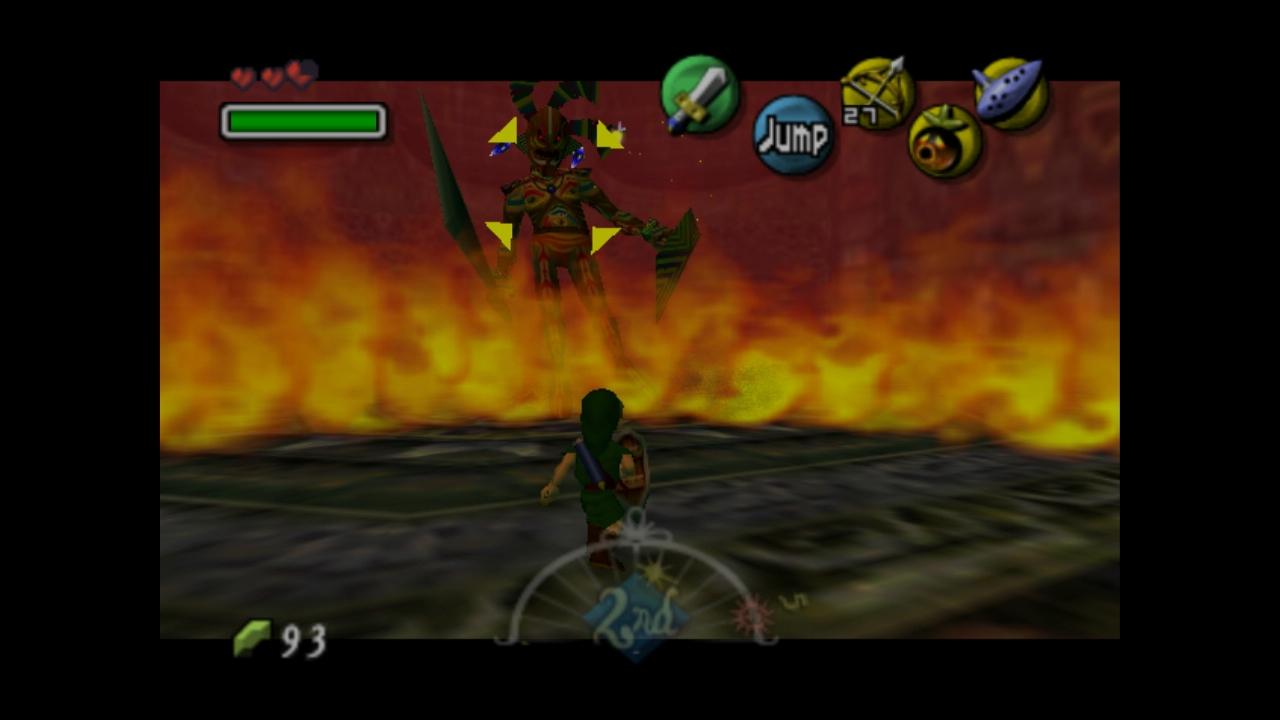
Ultimately, the cyclic nature of the game offers both upsides and downsides. It provides for an unusually atmospheric adventure and the best collection of side-quests in the series, but also diminishes the importance of dungeons and, perhaps most negatively, injects a fair amount of repetition to the proceedings. It’s simply impossible to avoid. While masks, heart pieces, important items, and certain progression benchmarks endure after you reverse the flow of time, other accomplishments are wiped out entirely. As a result, you must defeat bosses more than once, carry on the same conversations with townsfolk multiple times, and retrace your steps again and again. It makes sense in the time loop narrative, and sets up several intensely rewarding pay-offs, but also introduces a handful of tedious situations.
Tedium notwithstanding, Majora’s Mask is an extraordinary adventure — one that uses its predecessor Ocarina of Time as a springboard and then departs dramatically from it, often with uniquely exciting results. The Zelda series, and Nintendo in general, has a wonderful history of reinvention, whereby sequels, if given a new name and protagonist, might be mistaken for an entirely new IP. Majora’s Mask wouldn’t exist without Ocarina, and yet — due to its unorthodox ideas, metaphorical musings, and sad, sorrowful storyline — it feels, at times, like it comes from a completely different lineage. It’s less fixated on castles, dungeons, and dragons, and more interested in human stories, consequential decisions, and the tiny moments that make up a day. It’s a beautiful oddity that stands in contrast to the Zelda franchise, but also reinforces its greatness.
Updated Ranking:
1. The Legend of Zelda: A Link to the Past
2. The Legend of Zelda: Ocarina of Time
3. The Legend of Zelda
4. The Legend of Zelda: Majora’s Mask
5. The Legend of Zelda: Link’s Awakening DX
6. Zelda II: The Adventure of Link
More Articles

